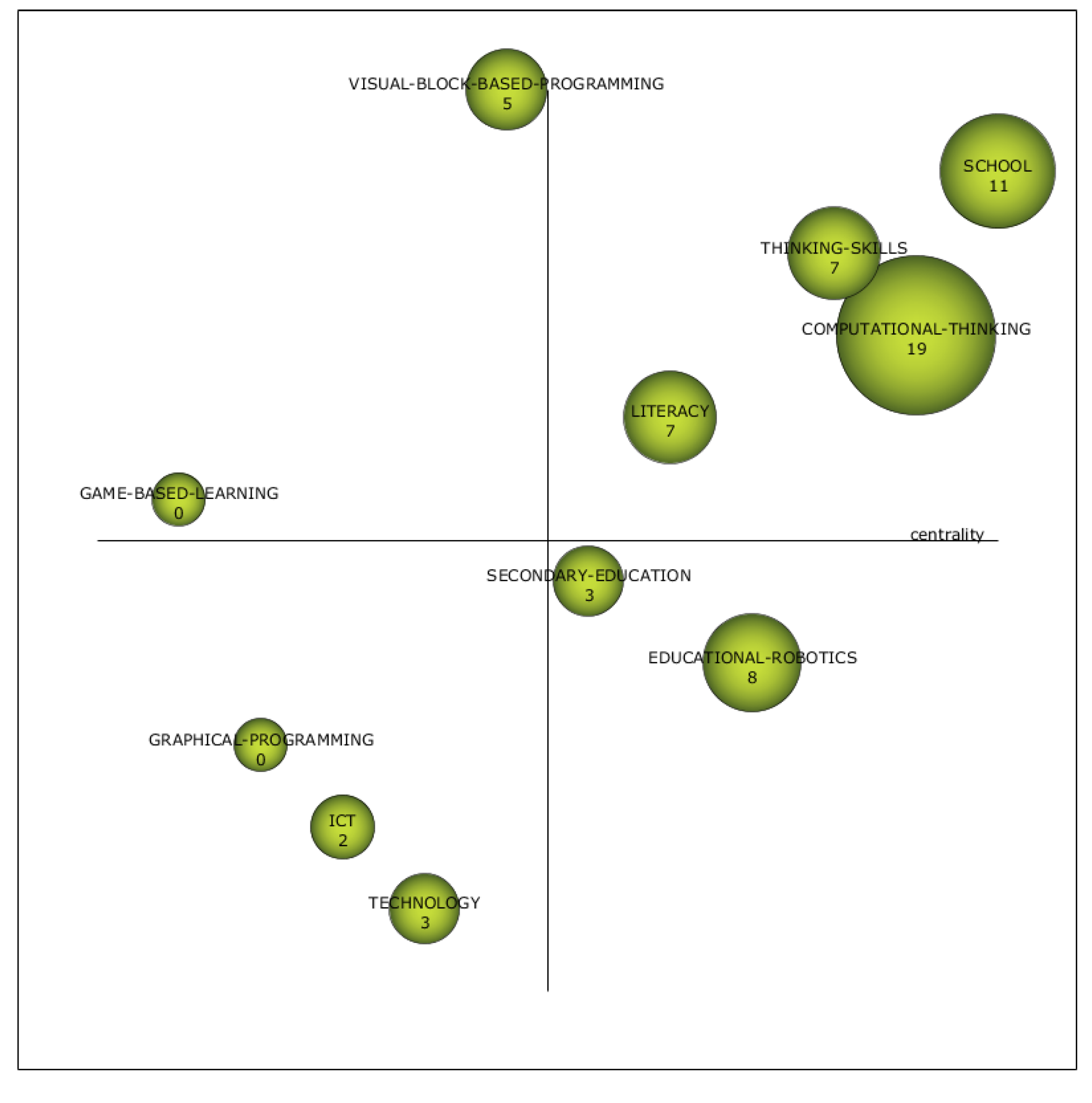Unlocking Potential: Computational Thinking in STEAM

Unlocking Potential: Computational Thinking in STEAM
Computational thinking, a problem-solving approach rooted in the principles of computer science, is increasingly recognized as a valuable skill set within the broader framework of Science, Technology, Engineering, Arts, and Mathematics (STEAM) education. This article explores the integration of computational thinking in STEAM, examining its significance and the transformative impact it can have on students’ abilities and future opportunities.
The Essence of Computational Thinking in STEAM
At the core of computational thinking is the ability to break down complex problems into smaller, manageable parts and devise systematic solutions. In the context of STEAM, this approach enhances problem-solving skills across various disciplines. From designing algorithms in mathematics to coding in computer science, computational thinking provides a structured framework for approaching challenges in STEAM fields.
Problem-Solving Across Disciplines
Computational thinking transcends the boundaries of individual disciplines within STEAM. Its problem-solving principles are applicable in diverse scenarios, allowing students to apply computational approaches to challenges in science, engineering, mathematics, and even the arts. This interdisciplinary application fosters a holistic problem-solving mindset, preparing students for the complex, real-world challenges they may encounter.
Algorithmic Logic and Mathematical Precision
Incorporating computational thinking into mathematics education introduces students to algorithmic logic and mathematical precision. By understanding the step-by-step processes involved in computational problem-solving, students develop a deeper appreciation for the logical structure that underlies mathematical concepts. This not only enhances mathematical proficiency but also lays the foundation for future studies and applications in the sciences.
Coding as a Creative Expression
Coding, a fundamental aspect of computational thinking, is not merely a technical skill; it’s a form of creative expression. Introducing coding within the STEAM framework allows students to explore the artistic side of technology. Coding enables them to bring their creative ideas to life, whether through designing interactive art installations, crafting digital music compositions, or creating visually engaging simulations.
Fostering Critical Thinking and Analytical Skills
Computational thinking fosters critical thinking and analytical skills essential in STEAM fields. The ability to analyze data, identify patterns, and formulate logical solutions is integral to scientific inquiry, engineering design, and artistic creation. Computational thinking provides a structured approach that enhances students’ ability to think critically and apply analytical reasoning across diverse contexts.
Integration of Technology for Innovation
The integration of computational thinking in STEAM leverages technology as a tool for innovation. Whether students are designing prototypes in engineering, creating digital simulations in science, or coding interactive visualizations in the arts, computational thinking empowers them to harness technology creatively. This integration prepares students to be innovators who can leverage technology to address real-world challenges.
Collaborative Problem-Solving in STEAM
Computational thinking promotes collaborative problem-solving in STEAM education. Students engage in group projects, leveraging their individual computational thinking skills to collaboratively tackle complex challenges. This collaborative approach mirrors the interdisciplinary nature of STEAM fields, where professionals often collaborate to address multifaceted problems.
Preparation for Future Careers
As the demand for STEAM professionals continues to rise, the integration of computational thinking prepares students for future careers. Proficiency in computational thinking is highly sought after in fields such as data science, artificial intelligence, and technology development. Students equipped with computational thinking skills are well-positioned to navigate the evolving landscape of STEAM-related industries.
Visit essayoutlinewritingideas.com to Explore More about Computational Thinking in STEAM
Explore the transformative impact of computational thinking in STEAM education at essayoutlinewritingideas.com. Discover how this problem-solving approach is unlocking the potential of students, fostering interdisciplinary skills, and preparing them for a future where computational thinking is a key to innovation and success.



